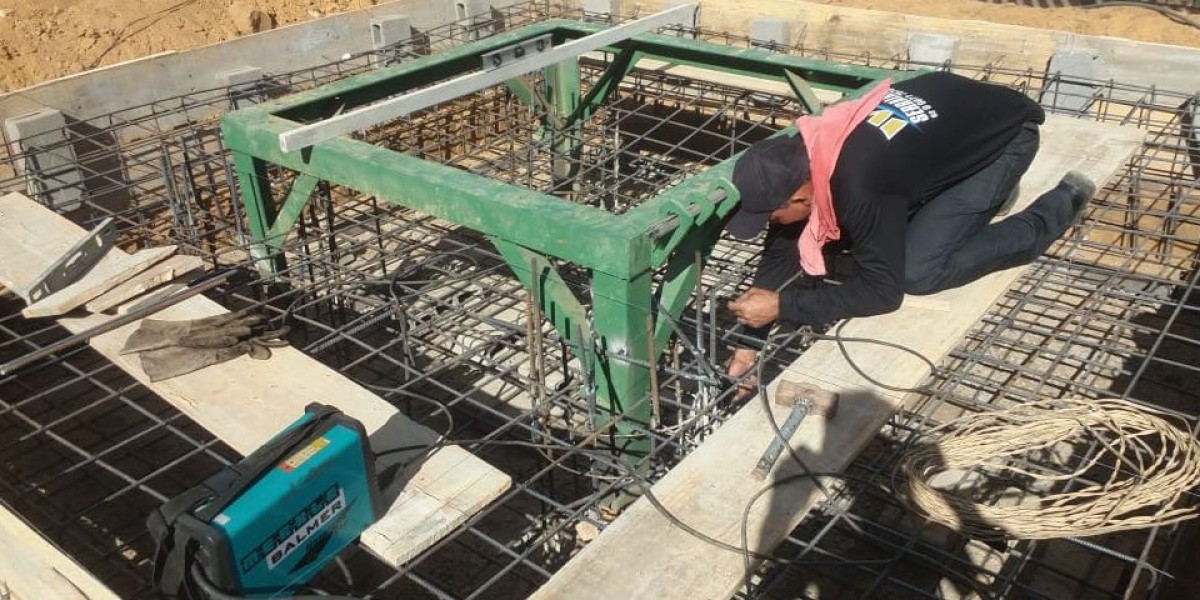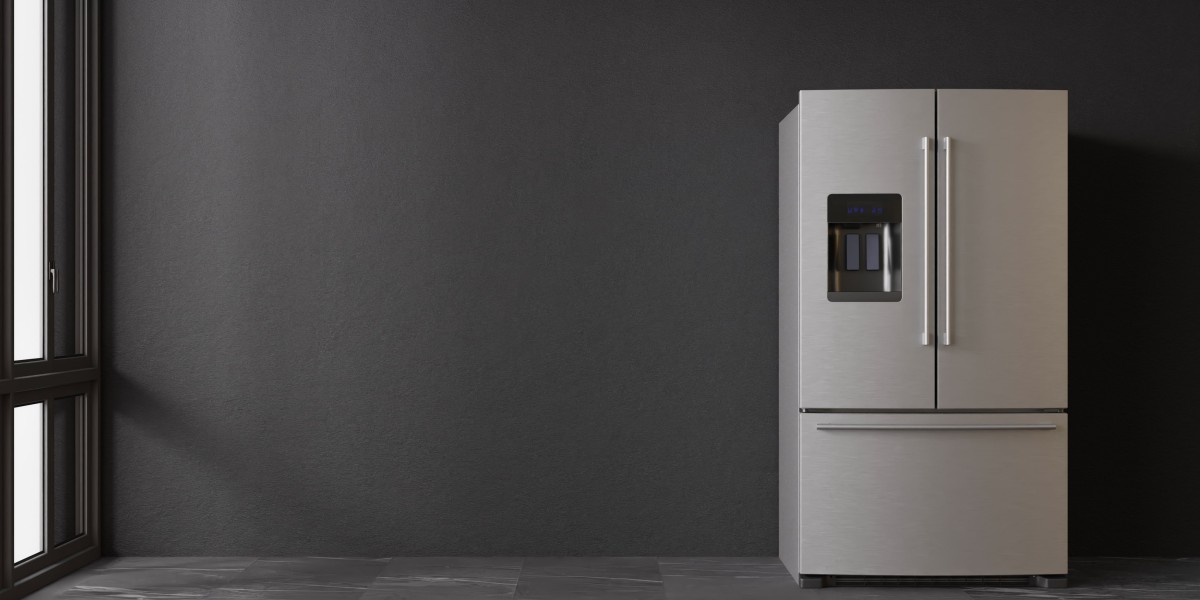 During off time, the water towers will refill acting as a buffer, storing any extra energy within the system. In most instances, water towers are designed to meet a single day of use for the serviced area. This means you’ll pump water up to maintain the tank full throughout the day. This usually includes a bolstered concrete basis, steel or concrete base, and a metal tank. Many early water towers are now thought-about historically significant and have been included in varied heritage listings around the globe. Some are converted to residences or unique penthouses.[1] In certain areas, similar to New York City within the United States, smaller water towers are constructed for particular person buildings.
During off time, the water towers will refill acting as a buffer, storing any extra energy within the system. In most instances, water towers are designed to meet a single day of use for the serviced area. This means you’ll pump water up to maintain the tank full throughout the day. This usually includes a bolstered concrete basis, steel or concrete base, and a metal tank. Many early water towers are now thought-about historically significant and have been included in varied heritage listings around the globe. Some are converted to residences or unique penthouses.[1] In certain areas, similar to New York City within the United States, smaller water towers are constructed for particular person buildings.Design
The next time you’re strolling round, Taça caixa d água look carefully at a few of the tallest and most modern buildings in New York and you would possibly see a picket water tank peeking out on the high. Water towers differ in top, tank measurement, and placement in accordance with the needs of the techniques and websites connecting to them. Composite towers utilize concrete foundations and metal storage tanks in cost-effective, low-maintenance designs. Meanwhile, many towers from the early 1900s include brick and masonry, often giving them a Romanesque or Gothic aesthetic. Taller buildings have their own systems of pumps and tanks, distributed in levels to mechanical floors the place water is saved in tanks and pumped to higher floors. That means, no single pump should generate a harmful level of pressure to get the water to the highest floors.
In addition, you’ll all the time wish to involve engineers in your project. This ensures that your tower is stable, constructed to face up to native wind, and is stable based mostly on floor composition. Here, you'll be able to expect charges to be $50-$200 per hour or about 5% of the whole project. If you’re constructing a large-scale water tower, that might complete $150,000 in fees or more. However, if you’re pricing out a metropolis project, land might exceed $200,000 in costs relying on where you’re at. On a national degree, although, you want to anticipate to pay about $24 per square foot of land.
And on a lesser but no less relevant notice, they are—almost basically as a constructing type—pleasing to the eye, each up from up close and afar. As we stated earlier than, each psi of strain earlier than a water tower can push a column of water up about 2.31 feet. When the water leaves the water tower, every foot of water converts into .43 psi. So, if a water tower is storing a hundred toes of water, then it could provide forty three psi of pressure to the system. We construct essentially the most elevated tanks in the business, including large capability composite elevated tanks.
For instance, you’ll probably want a strengthened foundation with piles. In addition, most permits start out at round zero.15-$1 per square foot of covered or insulated/heated space. That’s because you’ll need to dig pipes under the frost line to keep them safe over the winter. Location impacts the price of land, the cost of materials, and the worth of labor.
When designing this new product, we insisted on utilizing solely one of the best out there textiles and development methods to match the general high quality that Pioneer® tanks are recognized for all over the world. Pioneer water tanks have been trusted for over 27 years as a water tank resolution for all types of purposes. The Pioneer model of water tanks are trusted by customers in over 35 countries as a outcome of they’re recognized to be built to last. Alongside tools savings, communities additionally cut energy prices through the use of a tower.
High liquid hundreds can create both downcomer backup flooding or downcomer choking.Backup flooding happens when the froth peak within the downcomer backs up over the weir of the tray above. It generally outcomes from a hydraulic restriction at the downcomer exit together with high general tray strain drop. Downcomer choking, in distinction, is a perform of the downcomer entrance situations. When the speed of the froth entering the downcomer is merely too high, the vapor is not able to properly disengage from the liquid. Increasing downcomer top width is a standard method to handle choking problems.
 It lowers the highest froth velocity, allowing improved vapor disengagement. The key's to make use of a balanced design to handle both the liquid and vapor hundreds throughout the column. Apart from different column internals, tray column and packed column have comparable structure for exterior flow arrangement. As proven in Figure 2.1 with a tray column, the feedstock combination is usually introduced close to the center of distillation column, to a tray often recognized as feed tray. The feed tray divides the column into the enriching or rectifying part with all of the trays above the feed tray, and the stripping section with all the trays beneath the feed tray. Depending on the feed situation, taça caixa d água the feed enters the feed tray and splits right into a vapour stream and a liquid stream, adding to incoming vapour flow and liquid flow on the tray. The vapour generated in the reboiler flows up into the underside tray, and eventually exits the highest of the column.
It lowers the highest froth velocity, allowing improved vapor disengagement. The key's to make use of a balanced design to handle both the liquid and vapor hundreds throughout the column. Apart from different column internals, tray column and packed column have comparable structure for exterior flow arrangement. As proven in Figure 2.1 with a tray column, the feedstock combination is usually introduced close to the center of distillation column, to a tray often recognized as feed tray. The feed tray divides the column into the enriching or rectifying part with all of the trays above the feed tray, and the stripping section with all the trays beneath the feed tray. Depending on the feed situation, taça caixa d água the feed enters the feed tray and splits right into a vapour stream and a liquid stream, adding to incoming vapour flow and liquid flow on the tray. The vapour generated in the reboiler flows up into the underside tray, and eventually exits the highest of the column.








